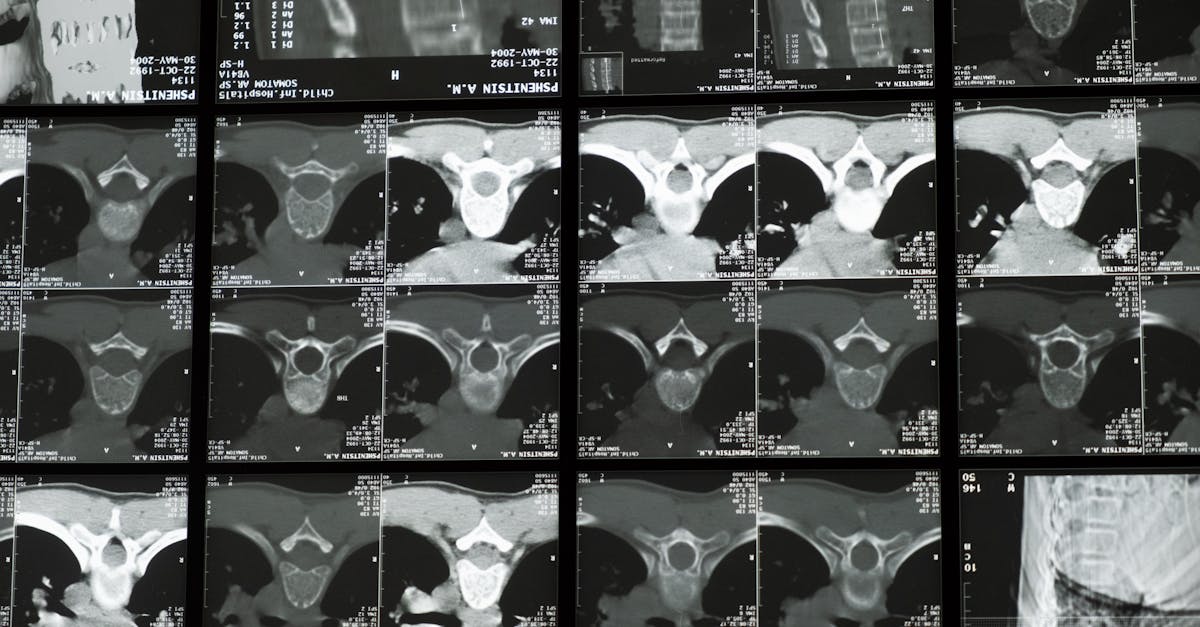Leg pain is a common complaint that can significantly impact one’s quality of life. From discomfort during daily activities to hindering mobility, leg pain manifests in various forms and can stem from a myriad of underlying causes.
According to a national health interview survey by the Centers for Disease Control and Prevention (CDC), 36.5 percent of American adults reported experiencing lower limb pain.
In this comprehensive blog, we delve into the underlying causes of leg pain, exploring five key underlying factors that may contribute to its occurrence.
Exploring Underlying Causes of Leg Pain
Musculoskeletal Issues: One of the primary culprits behind leg pain lies within the musculoskeletal system. Conditions such as muscle strains, ligament sprains, and fractures can result in acute or chronic discomfort in the legs. Additionally, overuse injuries from repetitive activities or poor posture may exacerbate musculoskeletal imbalances, leading to persistent pain.
Vascular Conditions: Poor circulation and vascular disorders can manifest as leg pain. Peripheral artery disease (PAD), characterized by narrowed arteries reducing blood flow to the limbs, often presents with symptoms like cramping and numbness in the legs, especially during physical activity. Deep vein thrombosis (DVT), a blood clot in the veins, is another vascular condition that can cause severe leg pain and swelling, warranting immediate medical attention.
Neurological Factors: The intricate network of nerves in the legs can be susceptible to various conditions that trigger pain. Sciatica, a common example, occurs when the sciatic nerve, which runs from the lower back down to the legs, becomes compressed or irritated. This can lead to radiating pain, tingling sensations, and weakness along the affected leg, often originating from issues such as herniated discs or spinal stenosis.
Inflammatory Disorders: Inflammation plays a significant role in several conditions associated with leg pain. Arthritis, including rheumatoid arthritis and osteoarthritis, can affect the joints in the legs, causing stiffness, swelling, and discomfort. Additionally, conditions like tendonitis and bursitis may result from overuse or repetitive stress, leading to localized pain and tenderness.
Structural Misalignment: The alignment of the musculoskeletal system, including the spine, hips, and pelvis, profoundly influences leg function and comfort. Structural misalignments, such as leg length discrepancies or pelvic asymmetry, can place uneven stress on the lower limbs, contributing to muscle imbalances and pain. Addressing these underlying structural issues is crucial for restoring balance and alleviating discomfort.
Pulse Align: A Holistic Approach in Addressing Underlying Causes of Leg Pain
In the pursuit of effective pain management, addressing the root causes of leg pain is paramount. While conventional treatments often focus on symptom management, holistic approaches like Pulse Align aim to identify and correct underlying imbalances that contribute to discomfort.
By leveraging cutting-edge technology and a comprehensive understanding of biomechanics, Pulse Align offers a non-invasive and personalized approach to optimizing musculoskeletal health.
Studies have shown that Pulse Align therapy can help improve circulation, alleviate muscle tension, and enhance overall mobility, offering relief from chronic leg pain. By precisely targeting areas of imbalance and dysfunction, Pulse Align facilitates the body’s innate healing mechanisms, promoting long-term wellness and vitality.
The Importance of Holistic Well-being
In the realm of holistic well-being, addressing leg pain goes beyond mere symptom management. It encompasses a holistic approach that considers the interconnectedness of the body, mind, and spirit. By recognizing the intricate interplay between physical, emotional, and environmental factors, individuals can embark on a journey toward improved health and vitality.
Embracing Lifestyle Changes
In addition to seeking professional guidance and therapeutic interventions, embracing lifestyle changes can significantly impact leg pain management. Incorporating regular exercise, maintaining a balanced diet, and practicing stress-reduction techniques can help support overall musculoskeletal health and mitigate the risk of chronic pain conditions.
Exploring Pulse Align for Enhanced Well-being
For those seeking a natural and holistic approach to addressing leg pain, Pulse Align offers a promising avenue for exploration. By embracing the principles of alignment, balance, and vitality, Pulse Align empowers individuals to reclaim control over their health and well-being.
Conclusion: A Journey Toward Wellness
In the intricate tapestry of human health, leg pain serves as a poignant reminder of the body’s interconnectedness and resilience. By delving beneath the surface and uncovering the underlying causes of discomfort, individuals can embark on a transformative journey toward holistic well-being.
As we navigate the complexities of modern life, let us not merely mask symptoms but strive to understand the root causes that shape our experiences. Through mindful awareness, lifestyle modifications, and innovative therapies like Pulse Align, we can pave the way for a brighter, pain-free future filled with vitality and joy.
Embark on your journey toward wellness today. Embrace the power of holistic healing, and discover the transformative potential of Pulse Align in your quest for optimal health and vitality. Together, let us unlock the boundless potential of the human body and embrace a life filled with vitality, balance, and well-being.
Reference
As the visionary CEO of Pulse Align, François is dedicated to transforming the landscape of pain management and posture health. With a deep-rooted passion for innovation and a commitment to excellence, François leads the team in developing cutting-edge solutions that empower individuals to live healthier, pain-free lives. Under his leadership, Pulse Align has become a beacon of hope and support for those navigating postural-related issues and chronic pain. François brings a wealth of experience in neuromodulation and patient management technologies, combining strategic insight with a compassionate approach to address the unique challenges faced by each individual.




